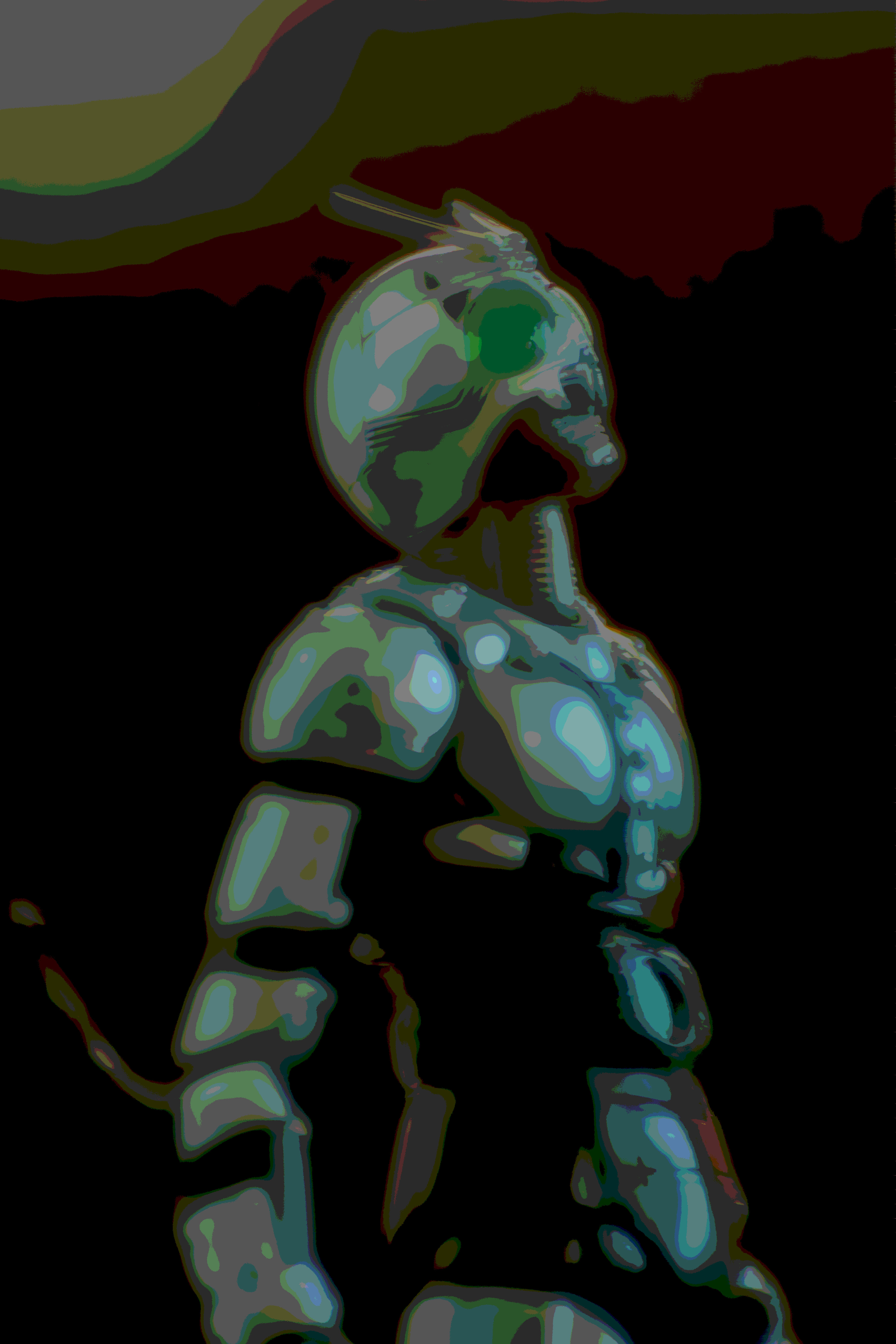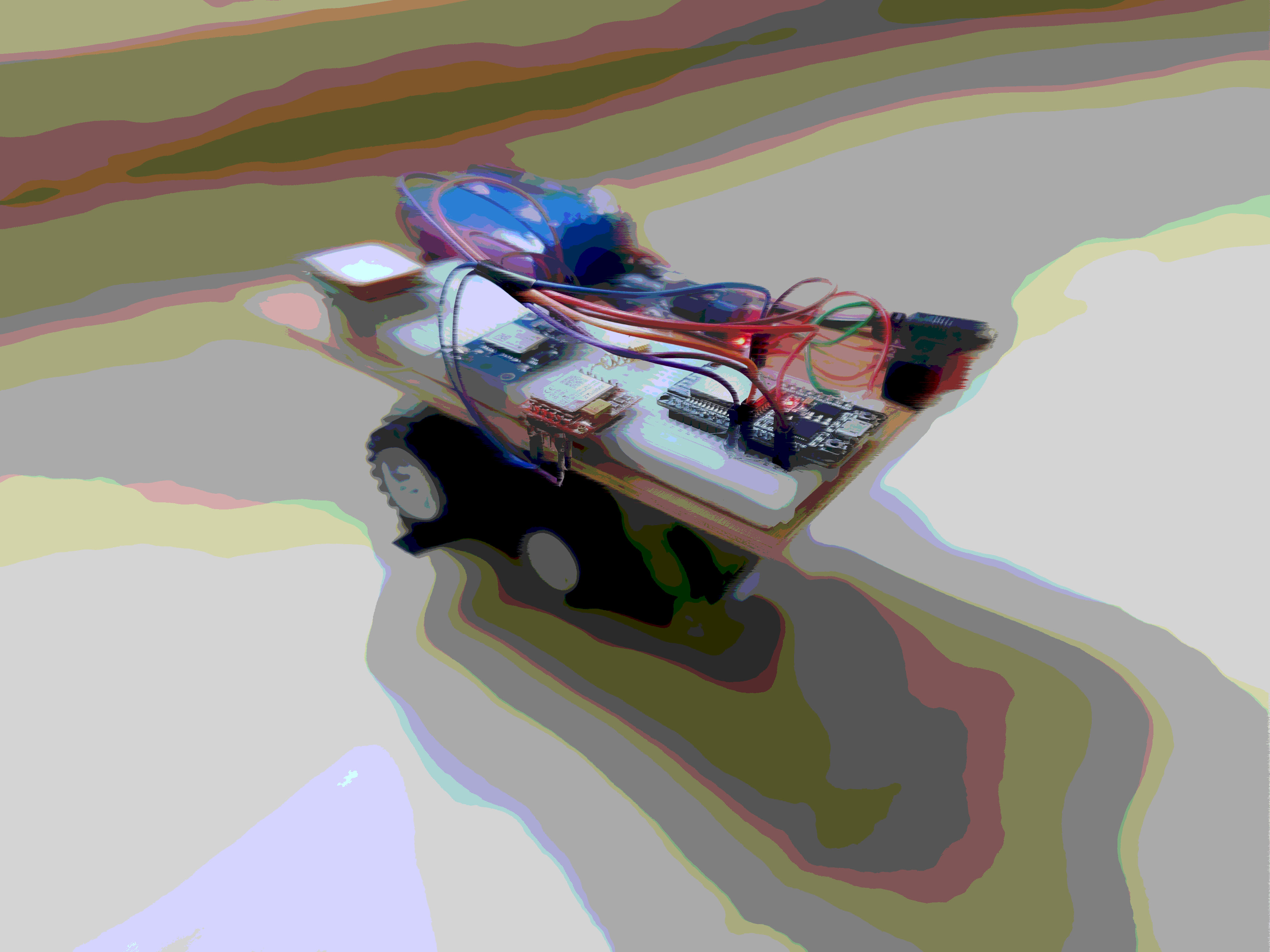When you hand a young explorer an optimus robot, you hand them the first line of code they will ever write — without a keyboard in sight.
1. Why Robots Make Code Tangible
Screens alone feel abstract. A bot that rolls, blinks or speaks on command transforms logic into motion. It is STEM you can chase around the living-room carpet.

2. Block-Based Beginnings
Drag-and-drop blocks let juniors stack instructions like LEGO. Behind the scenes each block maps to JavaScript — but they only see colours and icons. It’s code, gamified.
3. Instant Feedback Loop
Create → Upload → Watch. The loop lasts seconds, so experimentation outpaces boredom. Missteps spark debugging instincts long before the word “debug” enters their vocabulary.
4. From Play to Problem Solving
Navigating a kitchen obstacle course demands decomposition (turns, pauses) and conditional logic (if touch sensor – reverse). Kids iterate until the bot conquers the maze — that’s algorithmic thinking.

5. Level-Up: Text Syntax
Once block workflows feel cosy, the optimus CLI unlocks. Kids refactor their favourite routine into Python, gaining exposure to variables, loops and libraries.
6. Tips for Mentors
- Start micro: one movement per programme.
- Cheer the journey, not the flawless run.
- Swap roles — let them teach you the next block.
7. Last Line of Code
Today’s blinking LED becomes tomorrow’s moon rover. Give your young coder the optimus edge now, and watch their imagination compile.
